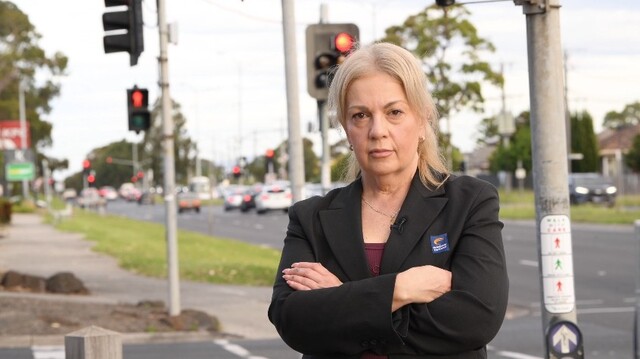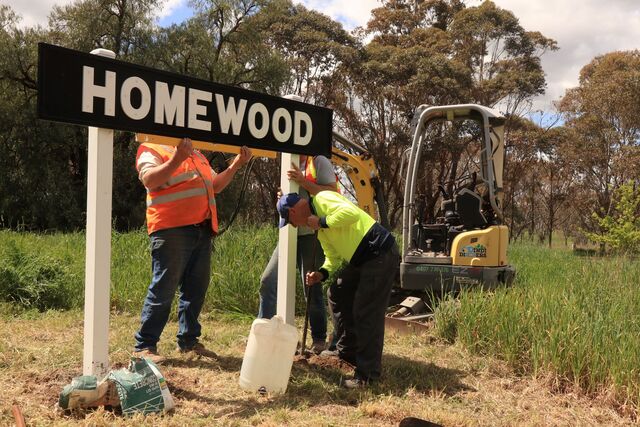When the average ratepayer walks into their street to find their old and damaged bins uncollected from their cracked sidewalk, the common reaction is “Where on earth are my rates going?”
It’s an understandable frustration, but one that usually comes from a misunderstanding of the services local government actually provides. Victoria’s Herald Sun recently reported that local government in Victoria has charged ratepayers a large amount over inflation rates (Councils sting Victorians $2 billion in rate rises above rate of inflation over 10 years, 18/03/14).
The story from local government is different.
The Victorian Local Government Association (VLGA) President Councillor Sebastian Klein said in a statement responding to the article that:
“When talking about council rates, we need to ask ourselves two questions: ‘What am I, as a local resident and citizen, prepared to pay for’, and ‘what local services am I prepared to lose if we cut back?’ Councils provide and manage many services and facilities that matter to communities – not just ‘roads and rubbish’.”
Municipal Association of Victoria (MAV) President Councillor Bill McArthur echoed the sentiment.
“Council rates have increased by $2.5 billion over a decade to $4.3 billion. By comparison State property taxes (land tax and stamp duty) rose by $2 billion to $4.8 billion and the total State tax take has grown by $5.7 billion to $15 billion. Commonwealth taxes have expanded by $123 billion over 10 years to $317 billion.
“These rises are well above inflation. Yet councils still collect only 3.5 cents of every tax dollar raised nationally. Over the past decade our population has risen from 4.91 million to 5.62 million people. Put simply, it costs more to provide for more people.”
While all this is accurate, local government can do a better job presenting these services to the community. One of the recommendations from the 2013 Statewide Local Government Services Report was:
“To improve performance on Consultation and Advocacy, the recommended approach is not simply to engage more residents in these services, but to improve service content and for Councils to better communicate their efforts to the broader community”
While a small example, this suggests that the community may not be informed on the majority of local government’s functions. Kindergartens, emergency management planning, maternal health care, parkland, public toilets and community halls are all valuable and costly services that are a little less noticeable on a daily basis than a damaged footpath.
If all our theoretical ratepayer’s dollars were simply going to ‘roads and rubbish’, their frustration would be justified. However they aren’t, and local government may be able to avoid a few unnecessary headaches if they can send this message through to the community at large.







